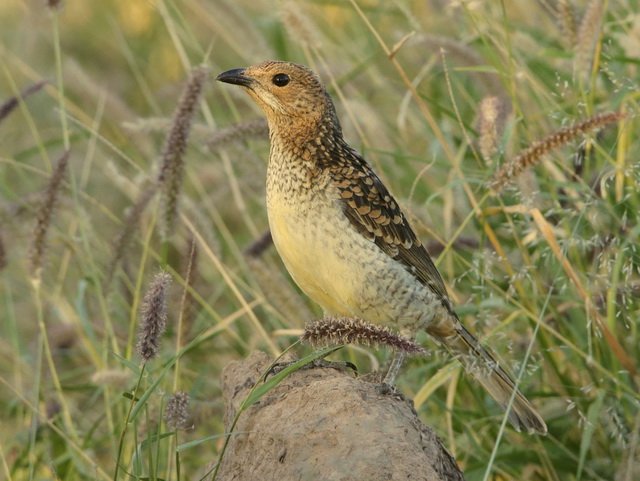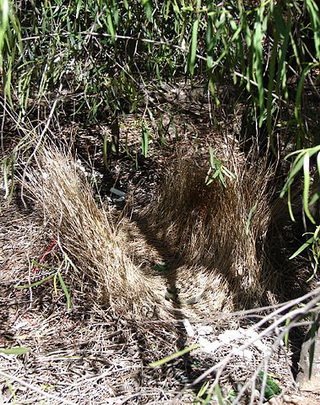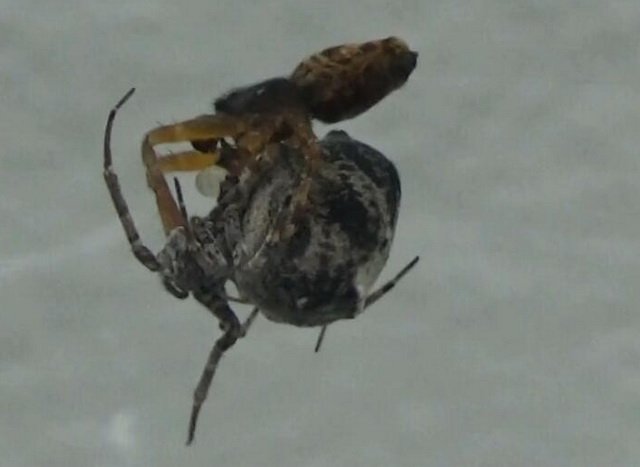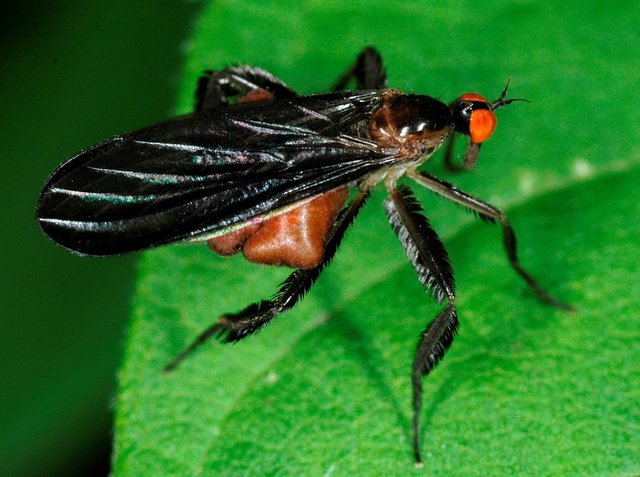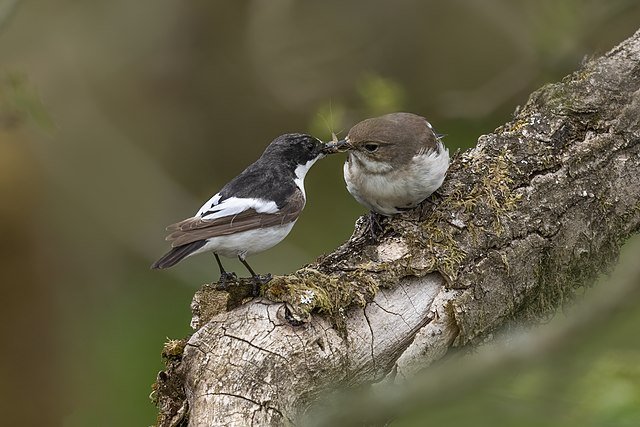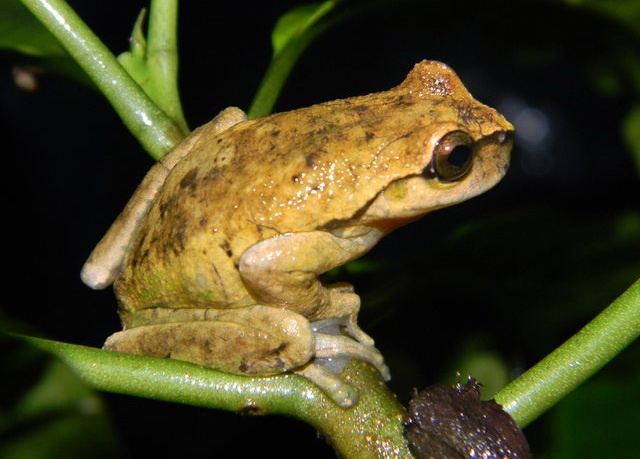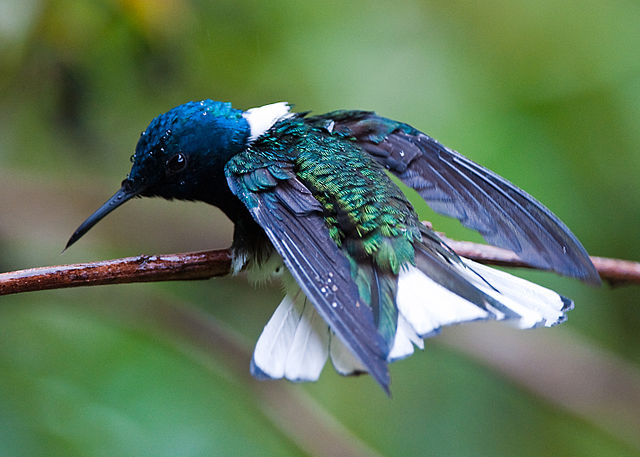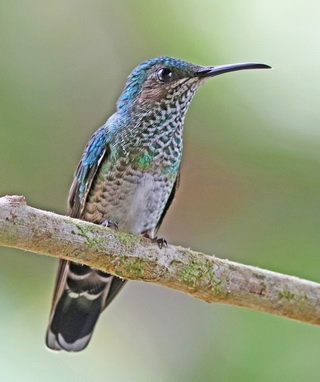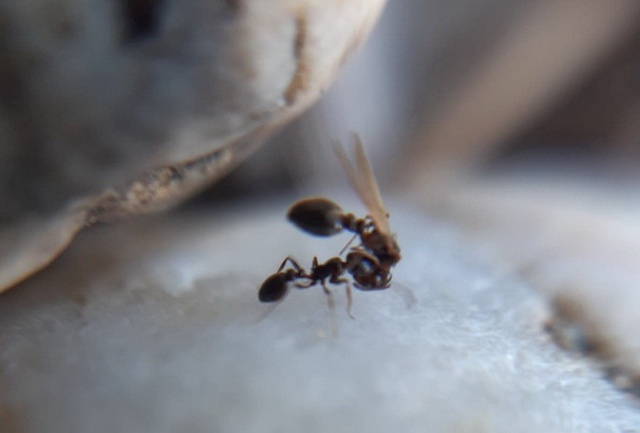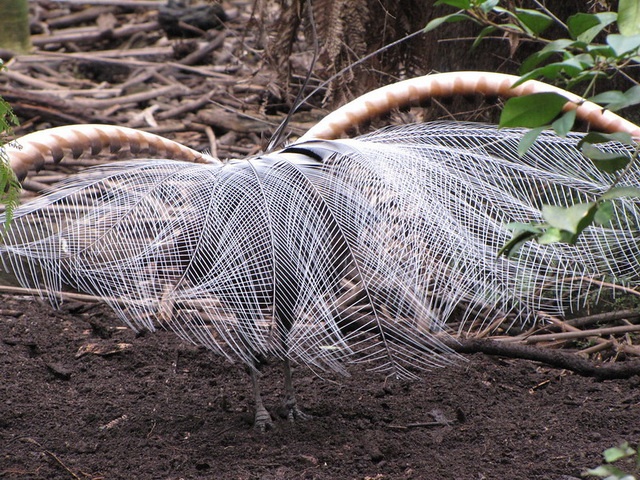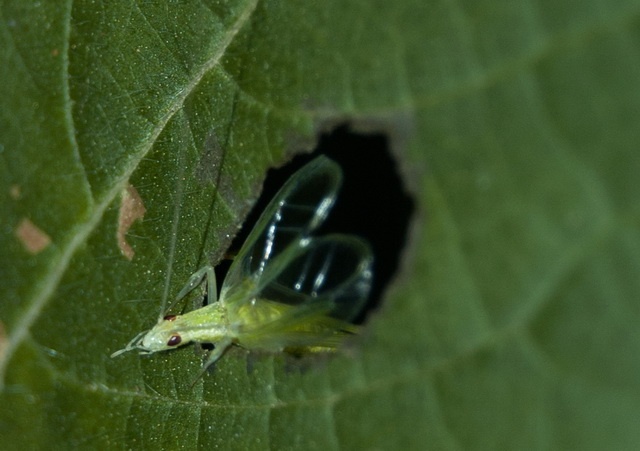He strips off her old skin to be the first to mate
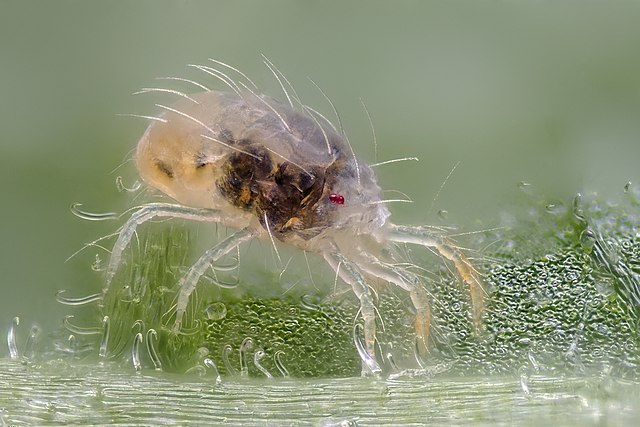
When a two-spotted spider mite female is about to moult into an adult, a male is often already waiting to undress her and mate, Peter Schausbergen and colleagues write.
Males of the two-spotted or red spider mite, Tetranychus urticae, have to exert every effort to produce offspring, because only the one who is the first to copulate with a female can fertilize her eggs. So, it is important to be present as soon as a female matures. Often, a male is already around before that time, according to observations by Peter Schausbergen and colleagues.
Mites are arachnids. They start life as an egg, become a larva and then go through two nymphal stages. They moult between the stages and emerge from the old skin a bit bigger; after the last moult they are sexually mature. Females develop from fertilized eggs, males from unfertilized eggs.
Silvery appearance
A female two-spotted spider mite is often joined in the last nymphal stage by a male that claims her by sitting on top of her. He spends time and energy on guarding her, and these would be wasted if a rival appears after the last moult and succeeds in mating first. That danger is real, because a newly emerged adult female secretes pheromones that attract males. The guarding male must prevent this.
To shorten the precious waiting time and secure the first mating, a guarding male acts decisively when her final moult is coming. A day before moulting, the nymph enters a resting phase, and in the last few hours she takes on a silvery colour due to air getting between the old skin, which she will shed, and the new skin.
She initiates the moult by bulging, causing the old skin to crack along a crossline. If she is alone, she first pulls off the anterior part of the old skin and then the posterior part, exposing her genital opening. But if a male is guarding, things go different. He drums her back with his forelegs, and in response she bulges earlier. When the old skin has cracked, he quickly strips off the posterior part with his pedipalps (the ‘boxing gloves’ that also spiders also possess). And then, with a bit of luck, he will indeed be the first to mate.
Fighters and sneakers
In our view, this undressing behaviour of the male two-spotted spider mite is very indecent. But he has no choice. Prudent behaviour is punished by natural selection: if he waits patiently for her to undress herself, it is more likely that another male takes over and sires the offspring.
There are two types of guards. Some are fighters, that are often disturbed by other males when they sit on a female and dismount to fight. Others are sneakers, that are not attacked by rivals and are never disturbed. Maybe other males mistake them for females because they do not respond, or maybe they smell like females. It would be interesting to find out whether fighters and sneakers display the same pushing behaviour when the nymph they guard is about to moult.
Pest
The two-spotted spider mite is less than half a millimetre long. It feeds by piercing plant cells and sucking their contents. It is a worldwide pest on many agricultural crops. A single mite does little harm, but the bugs multiply quickly and in a brief time, there are many of them.
Willy van Strien
Photo: Two-spotted spider mite female, Tetranychus urticae. Gilles San Martin (Wikimedia Commons, Creative Commons, CC BY-SA 2.0)
Sources:
Schausberger, P., T.H.H. Nguyen & M. Altintas, 2023. Spider mite males undress females to secure the first mating. iScience, 107112, 7 July. Doi: 10.1016/j.isci.2023.107112
Sato, Y., M.W. Sabelis, M. Egas & F. Faraji, 2013. Alternative phenotypes of male mating behaviour in the two-spotted spider mite. Experimental and Applied Acarology 61: 31-41. Doi: 10.1007/s10493-013-9673-y
